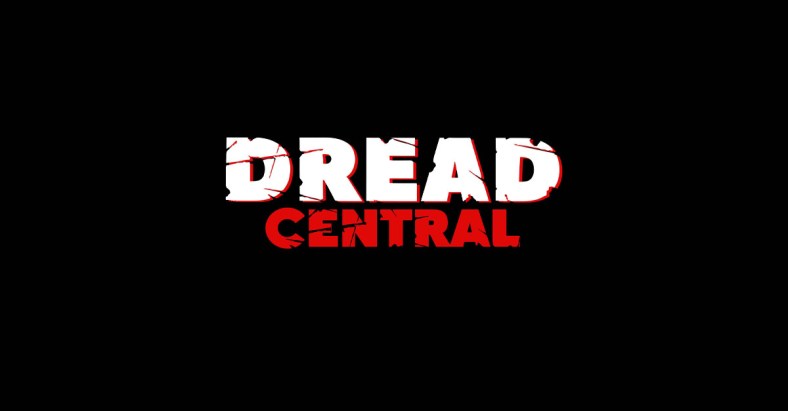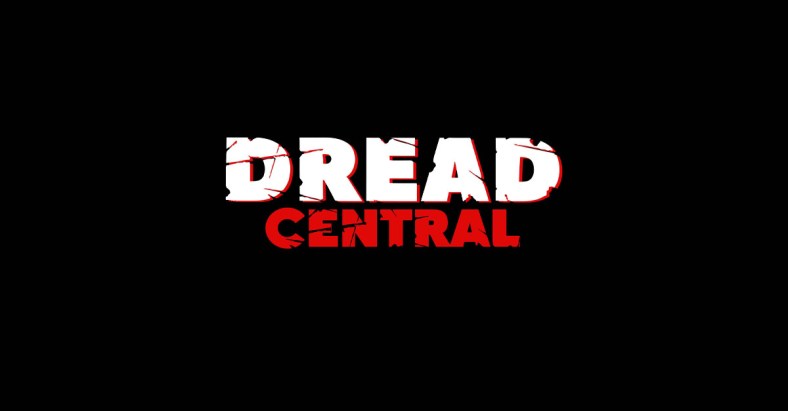John Kessel Guest Blog: Eight Misconceptions about Mary Shelley’s Frankenstein

Today’s the release date for John Kessel’s Pride and Prometheus, which fuses Mary Shelley’s Gothic horror with the Regency romance of Jane Austen in an exciting novel that combines two age-old stories in a fresh and startling way. In honor of the occasion, we have a guest blog to share from author Kessel in which he discusses eight popular misconceptions about Shelley’s creation known as Frankenstein.

March 11, 2018, marks the 200th anniversary of the publication of Mary Shelley’s Frankenstein, an origin text for both horror and science fiction. In writing my new novel Pride and Prometheus, a story in which Mary Bennet from Pride and Prejudice encounters Victor Frankenstein and his monster, I had occasion to re-read Frankenstein and think about the ways in which later writers have transformed Shelley’s story for their own purposes.
Soon after the novel’s appearance, a stage play based on it was drawing sellout crowds in London; and since then Shelley’s monstrous creation has given birth to a thousand hideous offspring, from the iconic 1931 James Whale-Boris Karloff movie to The Rocky Horror Picture Show. But from the very beginning, adaptations and retellings have departed so far from the original that the most common reaction of many people who read the novel for the first time is how different it is from their expectations.
Here are eight things that people think they know about Frankenstein that are NOT true.
1) Frankenstein is the name of the Monster.
I suspect that people give the creator’s name to his creation because Boris Karloff gave such a memorable performance that the figure of the Monster far outshadows that of his maker. Everybody remembers Karloff, but who remembers Colin Clive? But Shelley’s creature is the original non-person, recognized and accepted by no one, with no ancestors or connections other than Victor. Thus, he is nameless.
2) The scientist who creates the creature is named Henry Frankenstein.
In Shelley’s novel, Frankenstein’s first name is Victor. His best friend is named Henry Clerval. For some reason, in Universal Pictures’ 1931 Frankenstein, James Whale and his screenwriters switched their first names. Why? Your guess is as good as mine.
3) Victor is a baron who lives in a castle in the mountains.
We can blame the Whale/Karloff movie and its successors at Universal for this, too. In the novel Victor is the son of a benevolent Geneva public servant, off at college in the German town of Ingolstadt. He’s not a baron; he’s an undergrad. He has no castle in the mountains. He lives in an apartment with an attic workshop where he attempts to create life from lifeless matter.
4) Victor is crazy.
Victor may be the archetypal “mad scientist,” but he is not crazy. He is motivated by the death of his beloved mother to pursue the secret of life in the hope of preventing others from suffering the loss that he has suffered. True, there’s more than a little self-aggrandizement in his quest. He imagines creating “a new species” of creatures who will owe their lives to him.
Victor is modeled to some degree on Mary’s husband, Percy Shelley, the great Romantic poet, who abandoned his wife to run off with Mary when she was barely seventeen. Like Victor, Percy Shelley was so motivated by his pursuit of the ideal that he neglected those dependent on him. His abandoned wife committed suicide. He was not the most responsible of husbands to Mary: A few years after the publication of Frankenstein, he drowned in a boating accident just shy of his thirtieth birthday, leaving her with no resources other than her writing to support herself and their son.
Percy published his first poetry under the pen-name “Victor.”
5) He has an assistant named Igor.
Sorry, no hunchbacked servant. The source of Igor is likely the earliest stage production based on the novel, the 1823 Gothic melodrama Presumption, or the Fate of Frankenstein by Richard Brinsley Peake. In it Victor Frankenstein has a halfwit bumbling servant Fritz who pines for the cow he left in the country.
6) The Monster is stitched together from body parts stolen from corpses.
Though scientists of the 1800s were known to steal corpses in order to study human anatomy, nowhere in Frankenstein is it said that the body of the creature is made from pieces of corpses. The closest Victor comes to this is when he tells us he studied the decay of human bodies in order to discover the process of transition “from life to death, and death to life” and that he haunted “the dissecting room and the slaughter house” to collect his “materials.”
7) The Monster goes wrong because he was given the brain of a dead criminal
Mary Shelley’s parents were the radical political philosopher William Godwin, a supporter of the French Revolution, and the pioneer feminist Mary Wollstonecraft, who wrote one of the earliest arguments for gender equality, A Vindication of the Rights of Women. Mary grew up in an atmosphere of intellectual radicalism. Like the enlightenment philosopher Jean-Jacques Rousseau, she believed that people are born innocent, blank slates who become evil only when corrupted by society. Her Creature goes bad not because he has a criminal brain, but because he is abandoned by Victor from the moment of his creation, mistreated and rejected by all who encounter him. It’s not nature that fails; it’s nurture.
8) The Monster is dim-witted, shambling, and wordless.
This is another misconception arising from Peake’s play: because by royal patent the theater in which it was first performed required that plays include music, pantomime and spectacle, Peake’s Monster is mute, communicating only through gestures. Shelley’s creature is the complete opposite: brilliantly intelligent, incredibly articulate, agile, and swift. When Victor sees the Creature for the first time since his creation, he describes it as “advancing towards me with superhuman speed” bounding effortlessly over the crevices of the Swiss glacier where Victor has gone to contemplate suicide.
The Creature is also a genius who keenly observes and comments on human behavior. Victor warns Captain Walton, to whom he tells his story, not to listen to the creature because he is so “eloquent and persuasive.”
Shelley’s Creature is as much an incisive social critic as a threatening monster.
Born in Buffalo, New York, John Kessel holds a B.A. in Physics and English and a Ph.D. in American Literature. He helped found and served as the first director of the MFA program in creative writing at North Carolina State University, where he has taught since 1982. He is the author of the novels Good News from Outer Space, Corrupting Dr. Nice, and, in collaboration with James Patrick Kelly, Freedom Beach. His short story collections are Meeting in Infinity (a New York Times Notable Book), The Pure Product, and The Baum Plan for Financial Independence. Also with Jim Kelly, he has edited five anthologies of stories re-visioning contemporary short sci-fi, most recently Digital Rapture: The Singularity Anthology.
Pride and Prometheus arrives today (February 13th) from Sega Press. Click here to order your copy.
Synopsis:
Pride and Prejudice meets Frankenstein as Mary Bennet falls for the enigmatic Victor Frankenstein and befriends his monstrous Creature in this clever fusion of two popular classics.
Threatened with destruction unless he fashions a wife for his Creature, Victor Frankenstein travels to England, where he meets Mary and Kitty Bennet, the remaining unmarried sisters of the Bennet family from Pride and Prejudice. As Mary and Victor become increasingly attracted to each other, the Creature looks on impatiently, waiting for his bride. But where will Victor find a female body from which to create the monster’s mate?
Meanwhile, the awkward Mary hopes that Victor will save her from approaching spinsterhood while wondering what dark secret he is keeping from her.

Categorized:News

